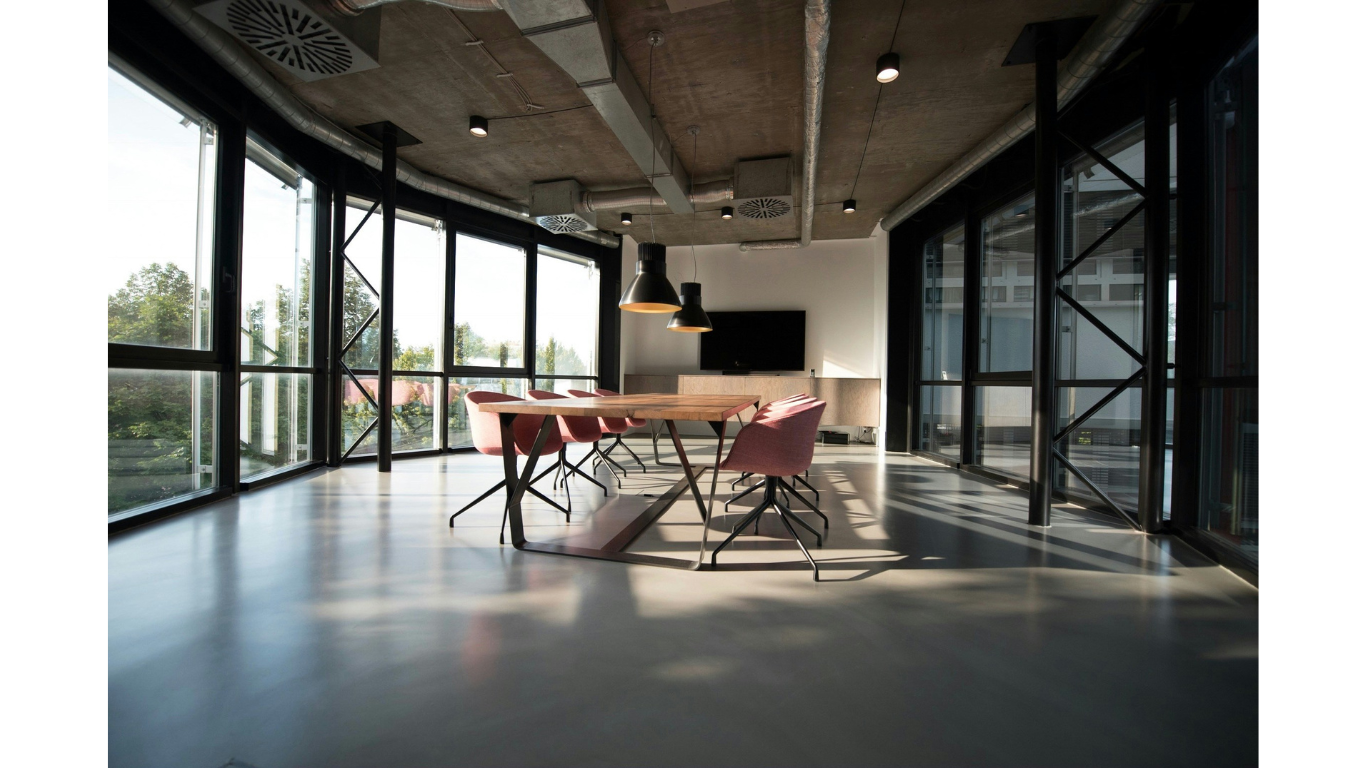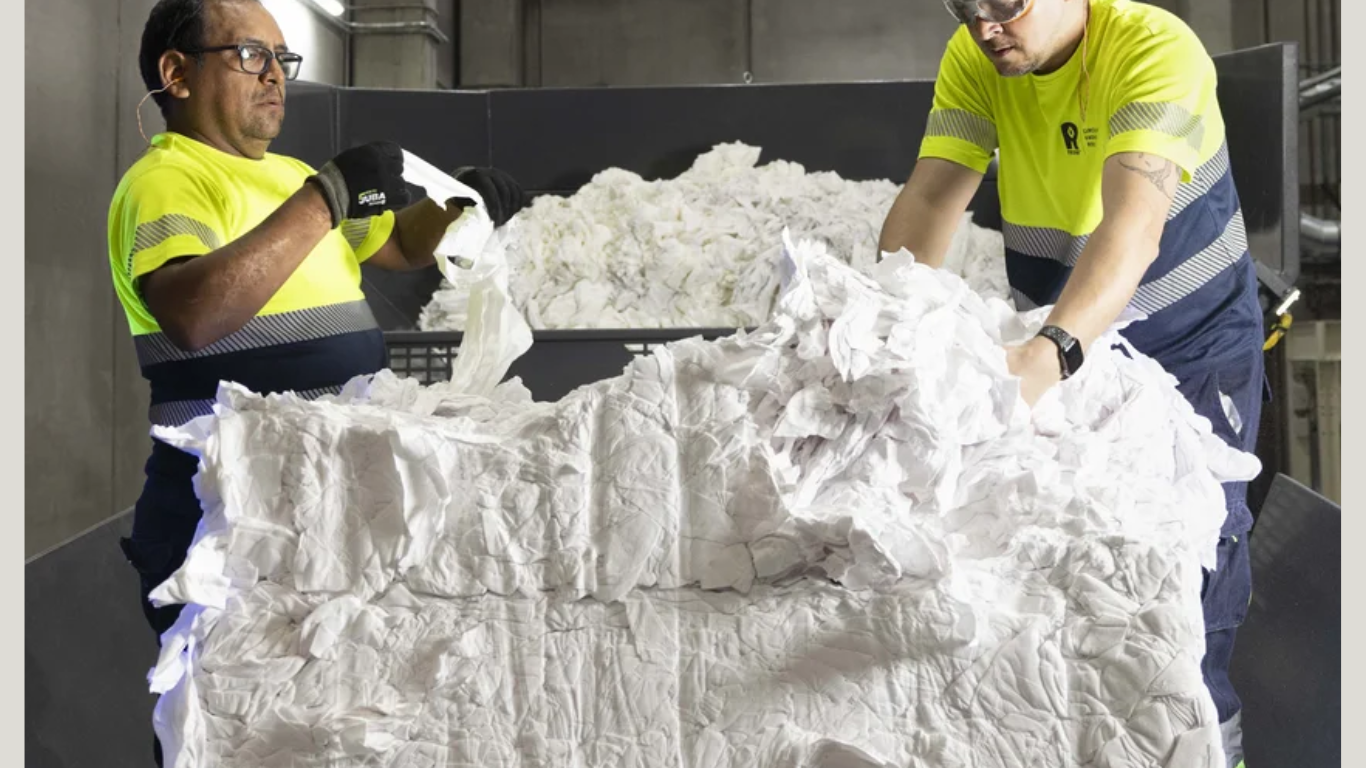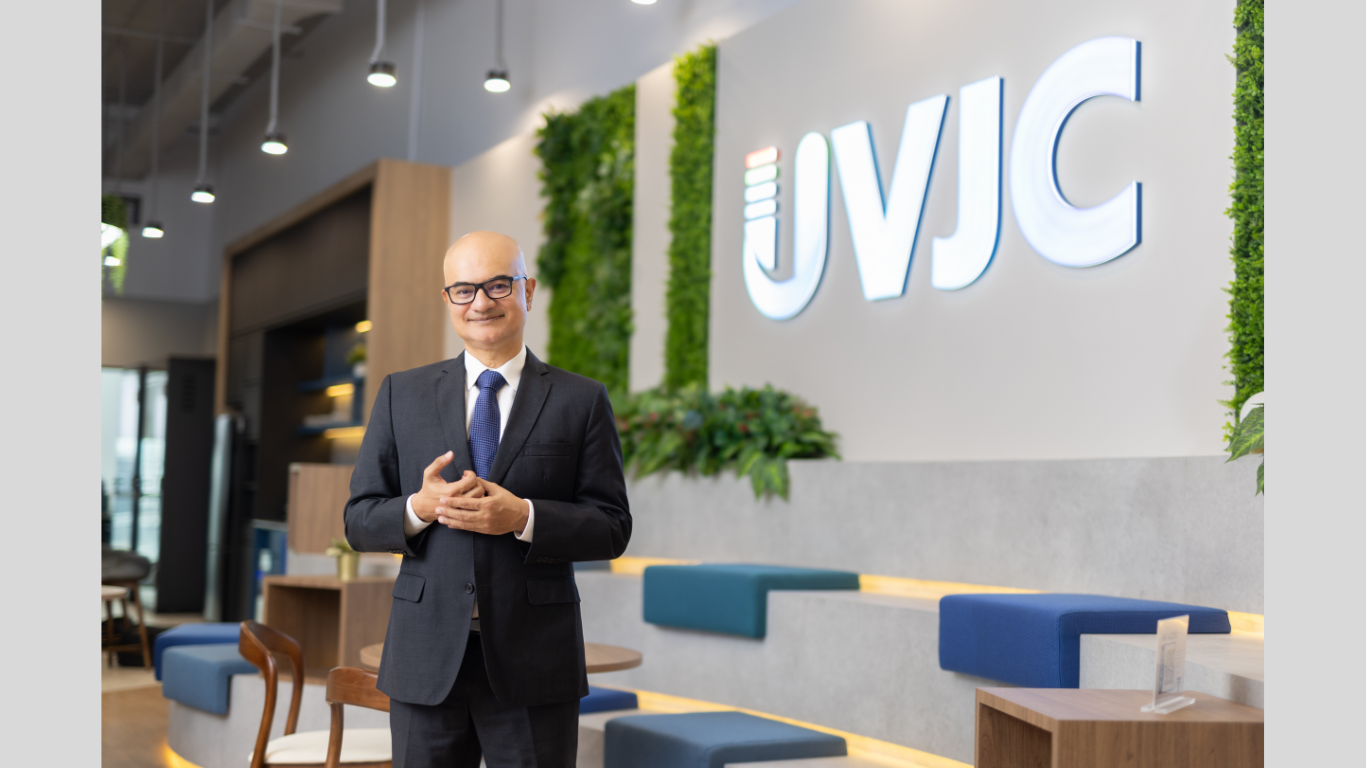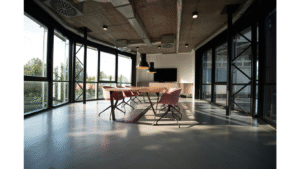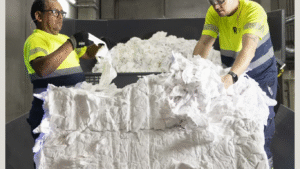The floor in a commercial property does more than complete the look of the space. It shapes the first impression customers and clients have when they walk in. The right flooring improves functionality, boosts property value, and reflects brand identity. Choosing carefully ensures durability, safety, and long-term satisfaction. Every type of business has unique needs, and finding a floor that supports those needs protects both appearance and performance.
Understanding the Role of Flooring in Commercial Spaces
Every commercial area serves a distinct purpose. Retail stores prioritize visual appeal to attract shoppers, while offices focus on comfort and noise reduction. Warehouses and factories need durable, resilient flooring that handles heavy traffic and machinery. Choosing materials that suit each function prevents damage and extends the life of the surface.
Flooring choice affects more than looks. It influences safety, maintenance costs, and even productivity. The right decision combines practicality with design to support both people and operations.
Evaluating Durability and Longevity
Durability defines a floor’s value in a busy commercial setting. A surface that wears down too quickly creates maintenance headaches and adds unexpected expenses. Business owners should evaluate how much traffic a space receives daily. Entryways, hallways, and common areas face the highest wear, while conference rooms or private offices see less activity.
Concrete and epoxy coatings rank among the most durable options for high-traffic spaces. Hardwood brings visual warmth to showrooms but requires consistent care. Vinyl flooring combines flexibility and affordability, ideal for offices or retail areas.
Considering the Cost of Maintenance
Maintenance can make or break the practicality of a flooring choice. Some surfaces demand regular sealing or waxing, while others need minimal upkeep. Maintenance cost adds up quickly in large commercial spaces, so business owners should plan for long-term care.
For instance, sealed concrete requires sweeping and occasional resealing to maintain its clean finish. Carpet tiles need vacuuming and occasional replacement, making them suitable for offices where comfort matters more than heavy wear. Polished concrete stays popular because it maintains shine and strength with little attention. Working with professionals such as Niagara Machine helps ensure the surface remains in top condition for years. Their expertise supports lasting results through proper surface preparation and finishing techniques.
Matching Flooring to Business Function
Different industries require different flooring features. Retail stores benefit from materials that enhance visual presentation while resisting scuffs from shopping carts or foot traffic. Restaurants focus on slip resistance and cleanliness, while healthcare facilities prioritize hygiene and safety.
Manufacturing and industrial environments call for surfaces that resist heavy machinery, chemical exposure, and frequent cleaning. Epoxy and polished concrete work well in those cases. Office spaces often lean toward materials that balance design appeal with acoustic comfort, such as carpet tiles or vinyl plank. Understanding how each area functions ensures the flooring meets every practical demand.
Prioritizing Safety and Accessibility
Safety influences flooring decisions as much as appearance or cost. Slippery surfaces increase the risk of accidents in busy environments. Materials with non-slip finishes prevent injuries and reduce liability concerns. Smooth transitions between different types of flooring improve accessibility for employees and customers.
Attention to lighting and surface texture matters. Brighter spaces highlight imperfections or dirt, so materials that hide wear help maintain a clean look. Safety-focused planning keeps both employees and visitors protected while maintaining professional appeal.
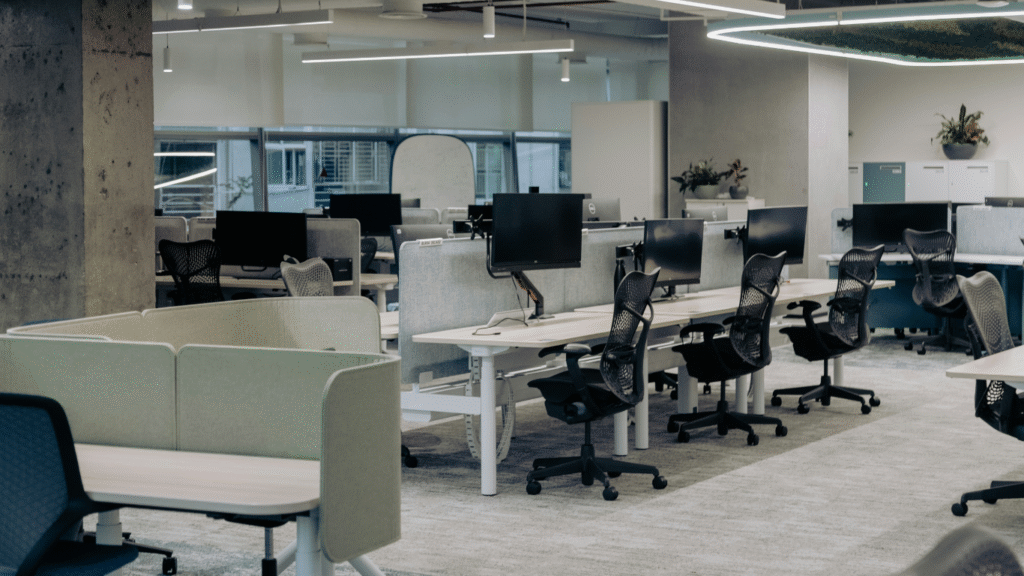
Assessing Style and Brand Representation
Modern, sleek surfaces give a professional impression, while rustic textures evoke warmth and comfort. The flooring choice should align with the business identity and target audience.
For example, high-gloss polished concrete works well in tech offices, while warm-toned wood suits hospitality or boutique settings. Colors and finishes influence mood, productivity, and customer engagement. Every design element contributes to a consistent brand message, and the floor forms a major part of that story.
Understanding Environmental Impact
Eco-friendly flooring materials reduce environmental impact and promote healthier indoor air quality. Bamboo, cork, and recycled vinyl offer attractive options for environmentally conscious businesses.
Low-VOC adhesives and finishes limit exposure to harmful chemicals, improving employee well-being. Durable materials that last longer produce less waste and lower replacement costs. Businesses adopting sustainable practices create positive impressions on clients who value responsibility and long-term thinking. Commercial flooring decisions affect more than the look of a building. They influence safety, comfort, and performance for everyone who enters the space. With thoughtful planning and expert guidance, business owners create environments that inspire confidence, support productivity, and reflect their brand with pride. Thank you for reading!
Article received via email


